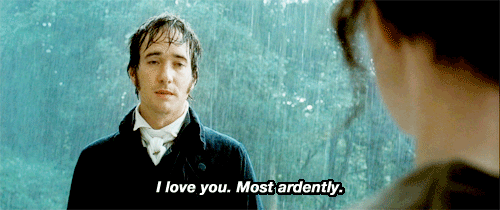 |
| Library books are best books, as we all know |
The main character Jane (hmm, possible connection here) Ellsworth is granted an ugly countenance, a sharp wit, uncommon talent for glamour, and a pretty but backstabbing younger sister. Enter Mysterious Stranger, a man of few words, who is hired as a glamourist to tutor a well-off neighbor. Again, if you've read any Austen novels, you know how this goes.
Though not as subtle or cuttingly witty as Austen's originals, this book does move the action along much quicker, and has (in my opinion) a suitably exciting climax. Glamour can do more than add light to a room or make the air smell like roses, much to the chagrin of a certain scurrilous knave.
 |
| WARNING: Shades of Milk and Honey doesn't contain any soggy declarations of love. |
The author's treatment of glamour also serves to underscore emotions and personalities, depending on the person using it. For example, Jane is always controlled and calm, and her glamour is therefore extremely technical in nature but lacking passion. Her meeting the mysterious Mr. Vincent doesn't just inject passion into her art, but it also opens the door for them both to innovate in the uses of glamour, which I look forward to seeing in the sequel novels. (Books #2-#4 have already been published, and #5 is on the way.)
One picky note: This book was shelved in the science-fiction section, which seems completely wrong to me. Just because you use the word "aether" twice doesn't let you graduate from the "fantasy" section of the library, or even from the fiction section. I suppose it worked out, because the novel was nominated for a Nebula Award in 2010.
 |
| I'm still skeptical. A sticker does not make it so. |
| How many times do you use Wikipedia a day? You're welcome. |
Wikipedia is a community edited, multi-language information repository, covers literally everything, and is growing all the time. It is a huge gift to society that it is run by the non-profit Wikimedia Foundation, which also runs collections of books, species, news, quotes, educational courses, travel guides, and more! It is priceless and yet free to the world, which is a really amazing thing. Let's keep it that way! Feel free to donate here. Or, alternatively, learn how to effectively add and edit Wikipedia pages to continue adding to the world's knowledge!
2014 TOTALS:
Pages read:1,386
Dollars donated: 35.00
No comments:
Post a Comment